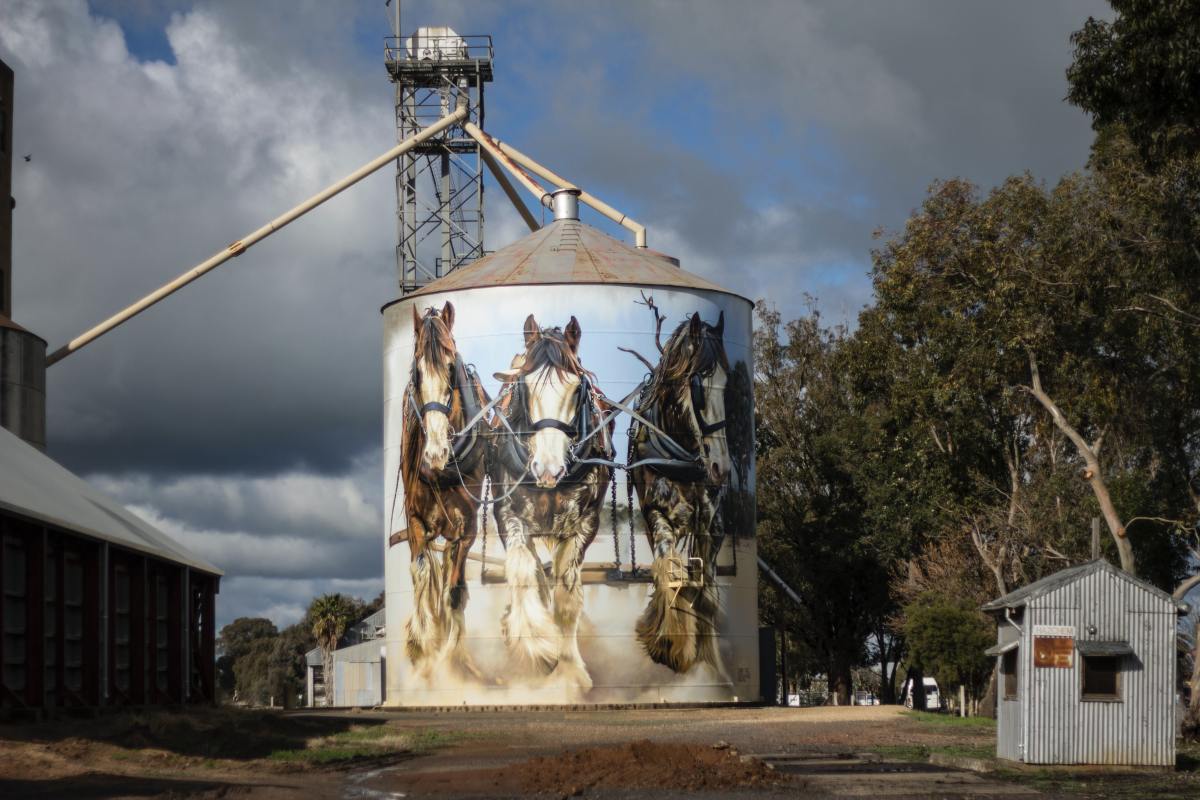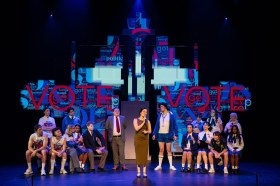‘Cultural policy is more than some funding announcements for the arts,’ said Minister for the Arts Tony Burke.
‘When you get it right, it affects our health policy, our education policy, our environment policy, foreign affairs, trade, veterans’ affairs, tourism… A nation with a strong cultural policy is a nation where we know ourselves, know each other and invite the world to better know us.’
Let’s take a look at what’s proposed by some of the non-arts submissions to the National Cultural Policy consultation.
Architecture and design
The RMIT Design & Creative Practice Enabling Capability Platform submission is authored by three leading academics from disciplines spanning architecture, social practice, pedagogy, research and innovation.
‘Contemporary design goes far beyond the visual,’ they write. It ‘facilitates vital civic processes of participation and collaboration; it enables the provision of humane and human-centred policies and services; it rethinks strategy and systems across all types and scales of organisation, and so on’.
Read: Precinct redevelopment sets a precedent for community consultation
The authors recommend an ‘intertwined’ approach to policy that incorporates government, the arts sector, universities, their complex ecologies, and their broader public contributions.
Citing climate change mitigation and adaptation, Reconciliation, and quality of life, the authors go on to say: ‘Design is essential to enable the major changes which we must see across almost every sector of the economy and Australian life’.
History
Historians pointedly protested their exclusion from the National Cultural Policy Review Panels.
A National Cultural Policy Advisory Group has since been announced that includes award-winning historian, author, broadcaster and public commentator, Professor Claire Wright OAM.
‘Historians are great story tellers,’ noted the Federation of Australian Historical Societies. ‘[O]ur nation and culture are the sum total of these communities and their stories.’
The History Council of Victoria expressed concerns about funding cuts to our key historical institutions such as the National Archives, the National Library and the archives division of the ABC, as well as ongoing threats to First Nations heritage sites. They have called for ‘policies that recognise and protect the national estate in its broadest meaning: those institutions… material objects and sites that have responsibilities to preserve the nation’s heritage for the public good’.
Education
The National Advocates for Arts Education are the peak association in arts learning and professional development: a network of peak national professional arts and arts education bodies representing arts educators across Australia.
NAAE’s recommendations include culturally safe training and professional pathways for First Nations practitioners, accessible arts education for all, an end to arbitrarily high fees discriminating against arts and humanities university students, the reinstatement of funding to peak bodies and service organisations, and the extension of the National Cultural Policy to cover arts education at every stage, from early childhood to tertiary.
Paying for it all
Boosting private sector support for the arts was a core intention of Creative Australia, and one that Minister for the Arts Tony Burke has recently reaffirmed.
Philanthropy Australia’s Arts Funder Network made a submission on behalf of its 70-plus philanthropic members. The Network proposes that the new policy embed its whole-of-government approach by requiring every minister ‘to employ a Cultural Officer, responsible for connecting the departments within that Minister’s remit with the National Cultural Policy,’ which should be implemented on a ‘four-year review cycle’ to keep it ‘dynamic, iterative, and evolving’.
The Arts Funder Network also recommends that tickets to arts shows presented by non-profit organisations, as well as artworks purchased from Aboriginal Art Centres, be tax-deductible for lower income earners up to an annual cap.
Read: Can arts funding be self-sustaining?
Taking a different approach, ArtsPay is a point-of-sale and online payments system that directs a percentage processing towards ‘a sustainable source of funding for the arts’. The ArtsPay Foundation identifies a range of structural issues in Australia’s arts funding programs that make fewer funds available for artists and small-to-medium organisations.
ArtsPay’s recommendations include ‘a shift away from project based funding towards long-term real wages for artists’. They call for ‘a new, bold, innovative vision’ to strengthen the arts sector, so that it’s ‘capable of withstanding future shocks and continuing to thrive in the future’.
Workplace equity
One of the most important issues impacting well beyond and arts and culture sector is fair and equitable employment conditions – something covered by many of the submissions.
Ahead of last week’s Jobs & Skills Summit, ministers held dozens of roundtables to ensure that as many perspectives as possible would inform the event, where attendance was limited to just under 150.
Minister Burke – fortuitously, also Minister for Employment and Workplace Relations – held both an Arts and Employment and a First Nations Arts and Employment roundtable at Parliament House just days ahead of the Summit.
MEAA met with the Minister ahead of the roundtables, and CEO Erin Madeley attended the Summit.
MEAA has called for a policy that will ‘acknowledge and address the vulnerability of the cultural workforce”, and “strive to provide financial and policy certainty’.
Their recommendations include a 20% ‘Australian content levy’ to be imposed on streaming giants; STEM to STEAM policy thinking; a national event disruption insurance scheme; institutional and governance reform; and a ‘Code of Conduct (or statutory mechanism) that binds organisations using cultural labour to observe relevant employment and work safety standards’.
What’s next?
With over 1200 submissions, it’s going to take quite some time for the Office for the Arts to upload them all. As we begin to imagine a new strengthening of our sector, they’ll make for great reading in the coming weeks.
Once the policy-making work is underway and the expert panels have reviewed drafts, there will be one more round of consultation before the final policy is released.
In the meantime, keep reloading this page to enjoy the brilliant ideas from artists and colleagues across Australia!





